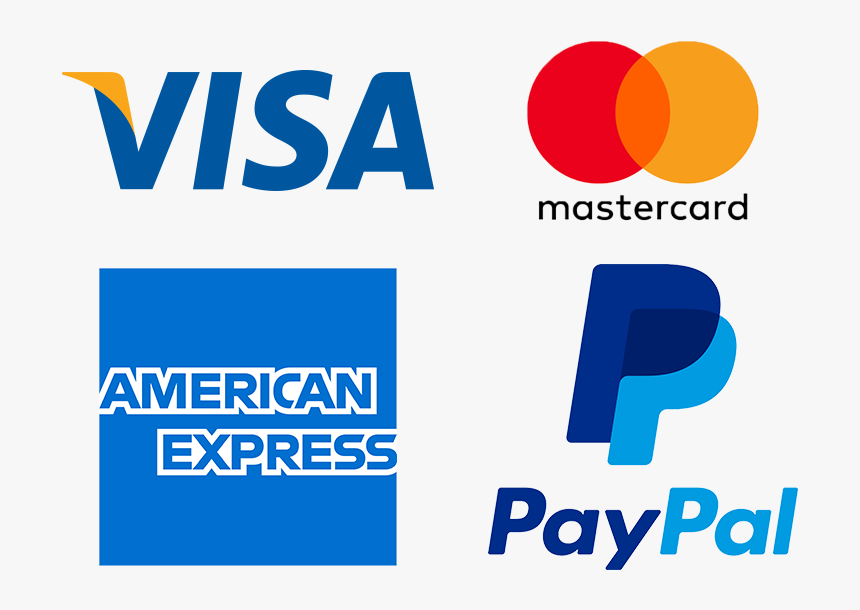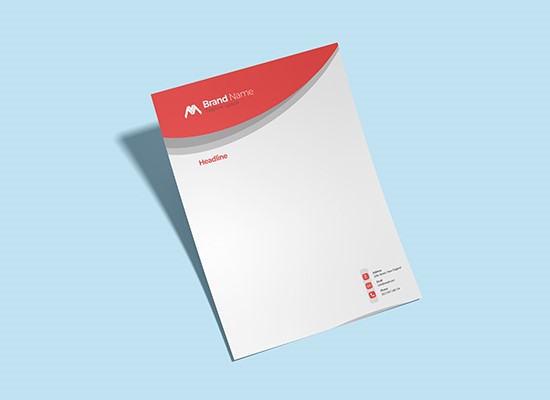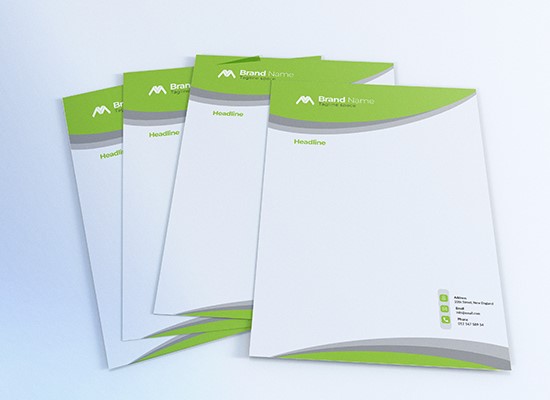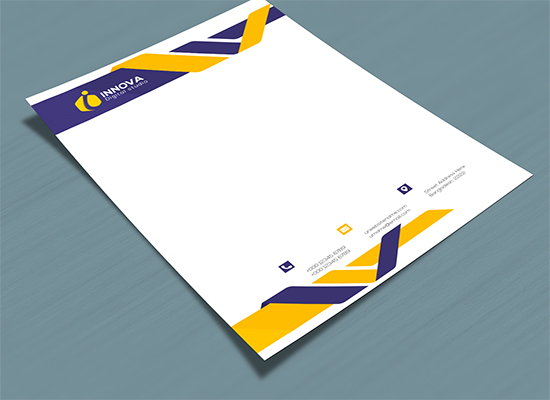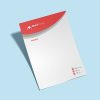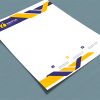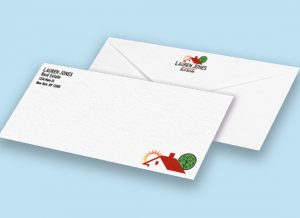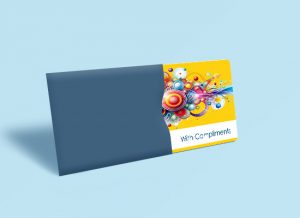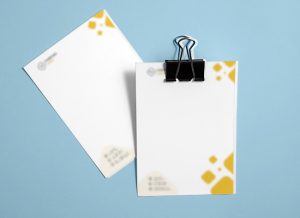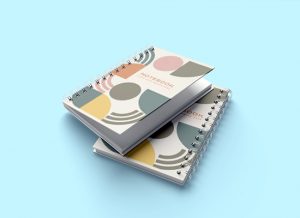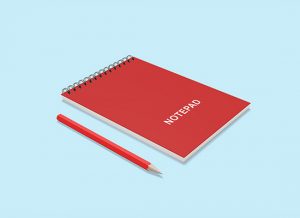Short Description
Letterheads
Related Products
Additional Information
With custom letterheads create a professional impression. Elegant and branded, they add a polished touch to your correspondence and business documents.
Letterheads: The Foundation of Professional Communication
A letterhead a vital component of any business’s identity. It is a printed heading placed at the top of stationery, containing important details such as the company’s name, logo, contact information, and sometimes a slogan or other design elements. Although often overlooked, letterheads play a significant role in communicating professionalism and establishing trust in both formal and informal correspondence. Whether you are sending an official letter, invoice, or proposal, the letterhead is often the first thing recipients see, making it an important part of your branding strategy.
In this description, we’ll explore the purpose and importance of letterheads, key elements that make an effective design, and tips for creating a letterhead that strengthens your company’s image.
The Importance of Letterheads
- Brand Representation:
- A letterhead serves as a visual representation of your company’s brand. It reflects your business’s identity and helps reinforce the professionalism you aim to convey. Every letter or document that bears your letterhead acts as a branded communication tool, making your business more recognizable and consistent.
- Whether you are a small business or a large corporation, consistency in branding across all forms of communication is key to building trust and loyalty among clients and stakeholders.
- Establishes Credibility:
- A well-designed letterhead gives your business an air of authority and credibility. When recipients see a professionally designed letterhead, they are more likely to take the content of the letter seriously. It demonstrates that your business is established, organized, and committed to maintaining a high level of professionalism in its communications.
- Letterheads convey that your documents are authentic and that they come from a legitimate, trustworthy source. This can be especially important when sending legal documents, contracts, or proposals, where trust and formality are essential.
- Makes a Strong First Impression:
- The first thing people see when they open a letter or document is often the letterhead, so it needs to make a strong impression. A high-quality design that aligns with your company’s branding can set the tone for the entire document, ensuring that your message is received in a positive light.
- An attractive letterhead, with a clear logo and well-placed information, shows attention to detail. It can also make the document stand out, increasing the chances that your correspondence will be read and remembered.
- Legal and Compliance Purposes:
- In many industries, including legal and financial sectors, there are regulations that require official documents to include specific details, such as a company’s registered address and company number. It ensures that your business complies with these requirements.
- Having a clear and concise letterhead ensures that all necessary business information is readily available, providing clarity for your recipients and fulfilling any legal obligations.
- Increases Professionalism:
- Using plain paper for business communication can make your documents appear informal or unofficial. A letterhead adds a level of formality and professionalism, giving your correspondence a polished look.
- By including a letterhead in every piece of outgoing communication, you show that you take your business interactions seriously, whether they are with clients, suppliers, partners, or other stakeholders.
Essential Elements of a Letterhead
- Company Name and Logo:
- The company’s name and logo are the most important elements. They establish your brand identity and make your documents instantly recognizable. The logo should be clear of high resolution, and appropriately sized to fit within the letterhead without overpowering the design.
- The placement of the logo is usually in the top-left or center of the page, but you can get creative with its positioning as long as it remains prominent and professional.
- Contact Information:
- Including your company’s contact information ensures that recipients know how to reach you. Standard details to include are your business’s address, phone number, email, and website URL. Depending on your industry, you may also include social media handles, a fax number, or a specific department’s contact details.
- It’s important to keep this information up to date to avoid confusion or missed opportunities for communication.
- Tagline or Slogan (Optional):
- If your company has a tagline or slogan, incorporating it can reinforce your brand’s message and values. This optional element adds a touch of personality and can help make your correspondence more memorable.
- The tagline should be short, relevant, and placed in a way that complements the overall design without distracting from the core information.
- Colors and Fonts:
- The colors used in should align with your brand’s color scheme to maintain consistency. Typically, businesses use the same colors featured in their logo and marketing materials to ensure that all brand assets are cohesive.
- Fonts should be professional, easy to read, and in line with your company’s brand identity. Avoid using overly decorative or complex fonts, as they can reduce legibility and make your documents appear less formal. Stick to clean, modern typefaces that convey clarity and professionalism.
- Layout and Spacing:
- The layout of the crucial to its effectiveness. A cluttered or disorganized design can make the document look unprofessional and hard to read. Ensure there is adequate white space around the elements so that the information is easy to scan, and it doesn’t overwhelm the page.
- While the top of the page is the most common location for the letterhead, some businesses opt for a design that runs down the side or across the bottom of the page. As long as the layout remains balanced and readable, creative placement can help your letterhead stand out.
- Legal Information (If Required):
- Depending on your business and industry, you may need to include specific legal information in your letterhead, such as the company’s registration number, VAT number, or regulatory information. This is particularly important for companies that operate in highly regulated industries like finance, law, and healthcare.
- Ensuring that this information is present and up to date is critical for maintaining compliance with legal standards.
Tips for Designing an Effective Letterhead
- Keep It Simple:
- Simplicity is key when it comes to designing. A clean, uncluttered design looks more professional and ensures that the focus remains on the content of the letter. Avoid using too many colors, fonts, or graphic elements that can make the design look chaotic.
- Aim for a balance between branding and functionality, ensuring that your letterhead enhances the document without distracting from its content.
- Ensure Readability:
- The text on your letterhead should be legible, even when printed. Avoid using fonts that are too small or hard to read, and make sure there is enough contrast between the text color and the background to enhance visibility.
- Test the design on both digital and printed formats to ensure it remains clear and professional in different mediums.
- Use High-Quality Materials:
- The quality of the paper you print your letterhead on also contributes to the overall impression it makes. Using high-quality, thick paper stock can add a sense of luxury and professionalism to your communication. It shows that you pay attention to details and care about the quality of your correspondence.
- For companies that opt for digital correspondence, ensure that the digital version of your letterhead is sharp and maintains the same level of professionalism.
- Consistency Across All Communications:
- Your letterhead should be consistent with your other branded materials, including business cards, envelopes, and email signatures. Consistency across all forms of communication strengthens your brand’s identity and helps build recognition.
- Consider Digital Compatibility:
- Many businesses now use digital communication as frequently as physical mail. Ensure design is compatible with digital formats like PDFs or email templates. A well-designed digital letterhead ensures that even electronic communications retain a professional appearance.
Conclusion
A letterhead is a crucial aspect of any business’s branding and communication strategy. It establishes professionalism, conveys credibility, and leaves a lasting impression on the recipient. With thoughtful design and attention to detail, a well-crafted letterhead can enhance your company’s image and create consistency across all forms of correspondence. Whether in print or digital format, a letterhead is an essential tool for building trust and reinforcing your brand identity in every communication.
Get Your Quote
My Account
About Us
Our Products
Contact
Follow Us On
We Accept
